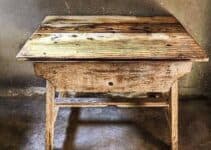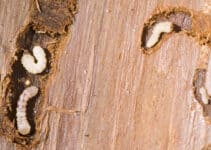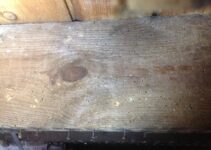Woodworm, well-known as bothersome pests, can wreak havoc on wooden furniture, structures, and other wood-based items.
But how does plywood, a commonly used building material, fare against woodworm? Does woodworm eat plywood? In short, yes plywood is susceptible to woodworm infestation, as it is a wood-based product and can provide a food source for wood-boring beetles.
In this blog post will delve into the relationship between woodworm and plywood, discussing whether they consume it, why they might do so, and if there are other wood types more prone to woodworm infestation.
Plywood and Woodworm Interaction
Woodworm, which are the larvae of wood-boring beetles, have a habit of laying their eggs in wood crevices.
As the larvae grow, they feed on the wood, causing damage. Plywood is an engineered wood product made from multiple layers of thin wood veneers bonded together under high pressure.
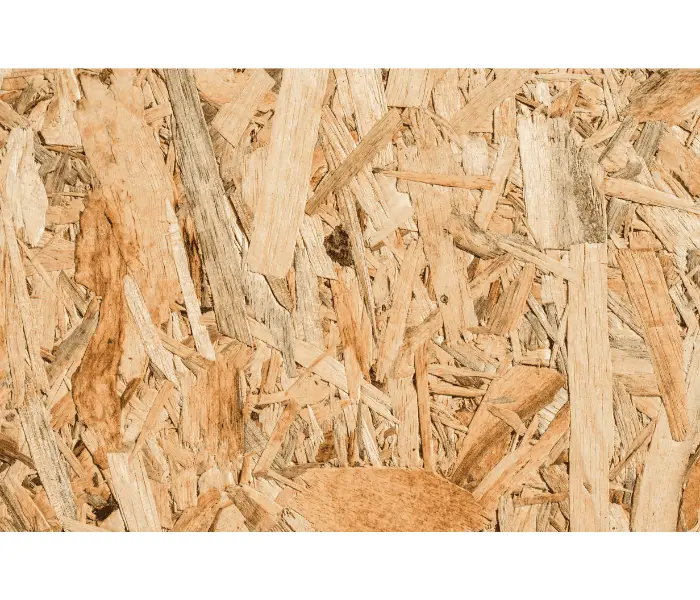
With grains running perpendicular to each other, the final product has increased strength and stability. Plywood is often utilized in construction, furniture making, and other applications due to its versatility and cost-effectiveness.
Plywood Consumption by Woodworm
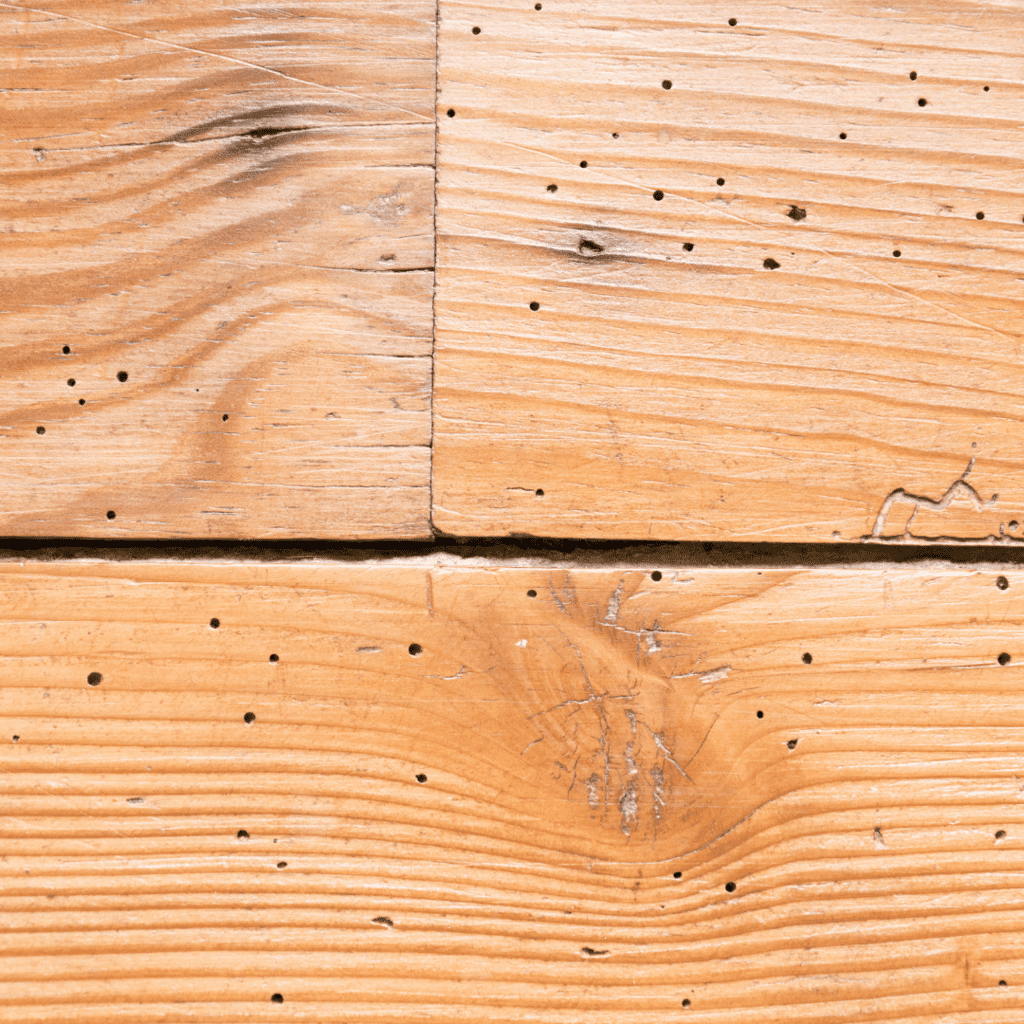
Now that we have a basic understanding of woodworm and plywood, let’s address the main question of this blog post: do woodworm eat plywood?
In short, they can, but it’s not their top choice. Woodworm can infest plywood, but they generally find solid wood, particularly hardwoods like oak and elm, more appealing.
This preference is rooted in plywood’s structure and composition, as the strong adhesive used in its construction can act as a barrier to woodworm, making tunneling through and accessing the wood layers more difficult.
However, plywood is not entirely immune to woodworm infestation. If larvae can find a way to access the wood layers, they will feed on them.
Yet, the damage they cause is usually less severe than in solid wood, as the glue layers help limit the infestation’s spread.
Why Woodworm Prefer Other Wood Types
Woodworm are drawn to other wood types, particularly hardwoods, for several reasons:
- Nutrient Content: Hardwoods like oak and elm have a higher nutrient content than plywood, offering woodworm larvae more sustenance for growth and development.
- Accessibility: Solid wood, especially if it’s unfinished or untreated, provides more accessible crevices for adult beetles to lay their eggs.
- Moisture Content: Woodworm flourish in damp conditions, and hardwoods tend to retain moisture more than plywood, making them more attractive to these pests.
Do Woodworms Eat MDF?
Woodworm does not typically eat MDF (Medium Density Fiberboard). MDF is an engineered wood product made from compressed wood fibers, binders, and resins, which lack the cell structure and nutrients found in natural wood.
Woodworm, or wood-boring beetles, are attracted to the cellulose and other organic components in natural wood.
Since MDF does not possess these characteristics, it is not an attractive food source for woodworm.
However, it’s important to ensure that MDF is kept dry and well-maintained to avoid other potential issues, such as moisture damage or mold growth.
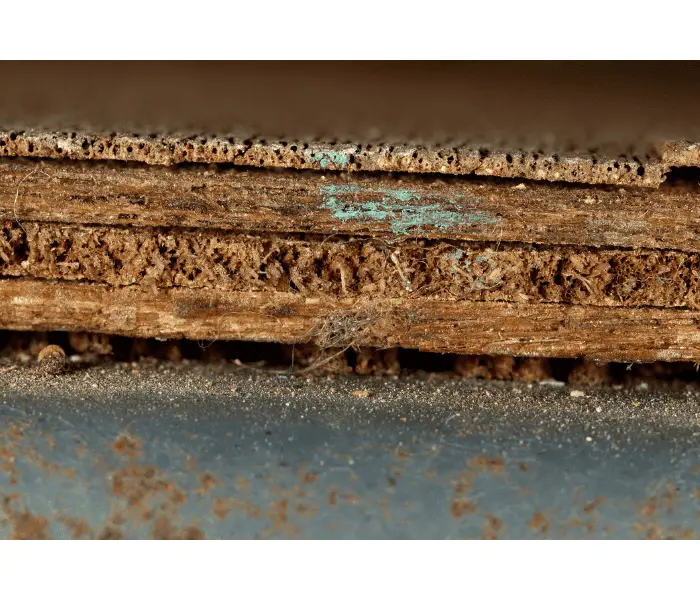
Conclusion
In conclusion, although woodworm can infest plywood, it is not their preferred wood type due to the presence of glue layers and a generally lower nutrient content compared to hardwoods.
However, this does not mean plywood is completely safe from woodworm.
Taking preventative measures to avoid infestations is essential, such as treating the wood with insecticides, controlling moisture levels in your home, and regularly inspecting wooden items and structures for signs of woodworm activity.
By understanding the relationship between woodworm and plywood, you can take the necessary steps to protect your home.
